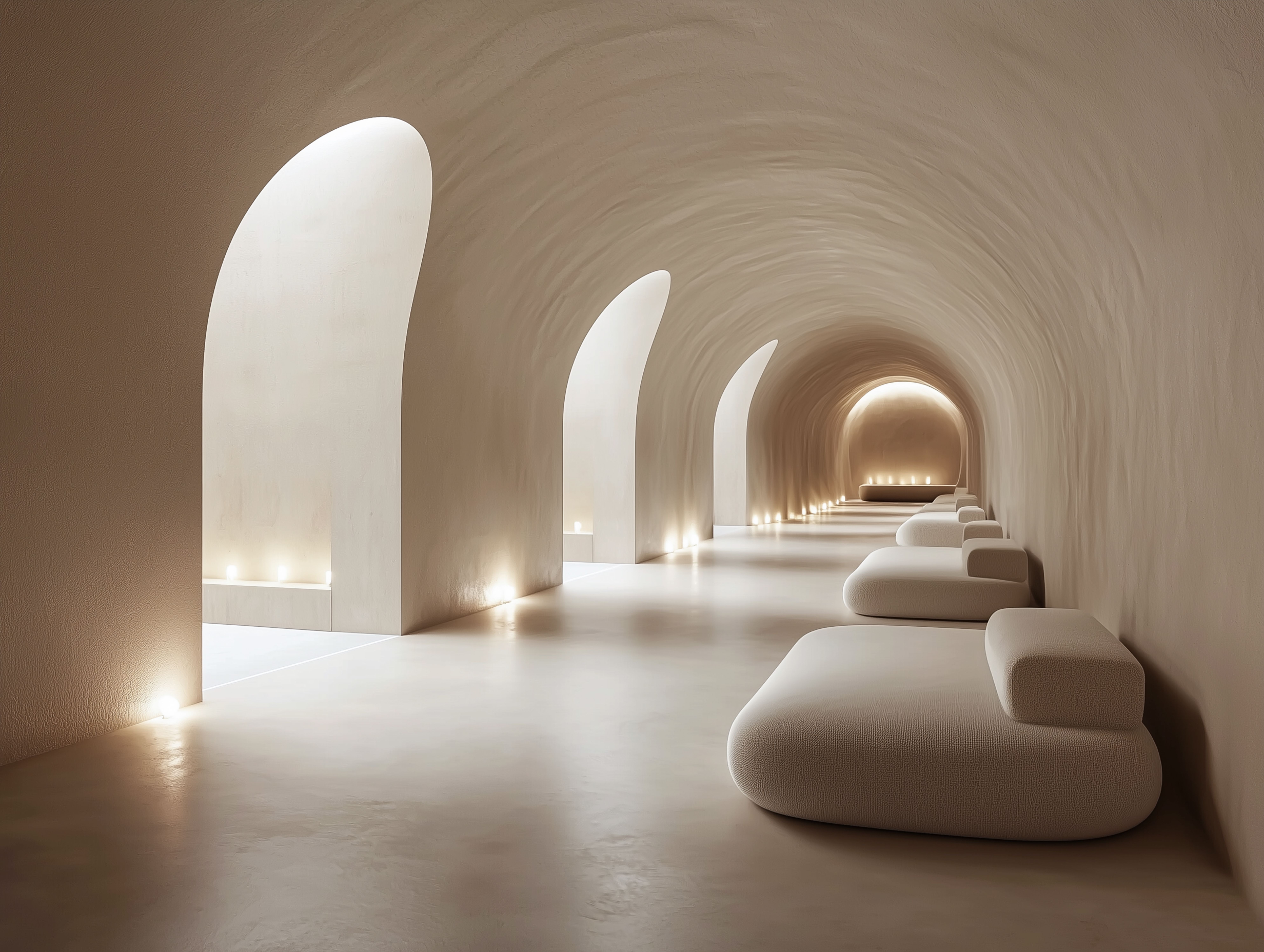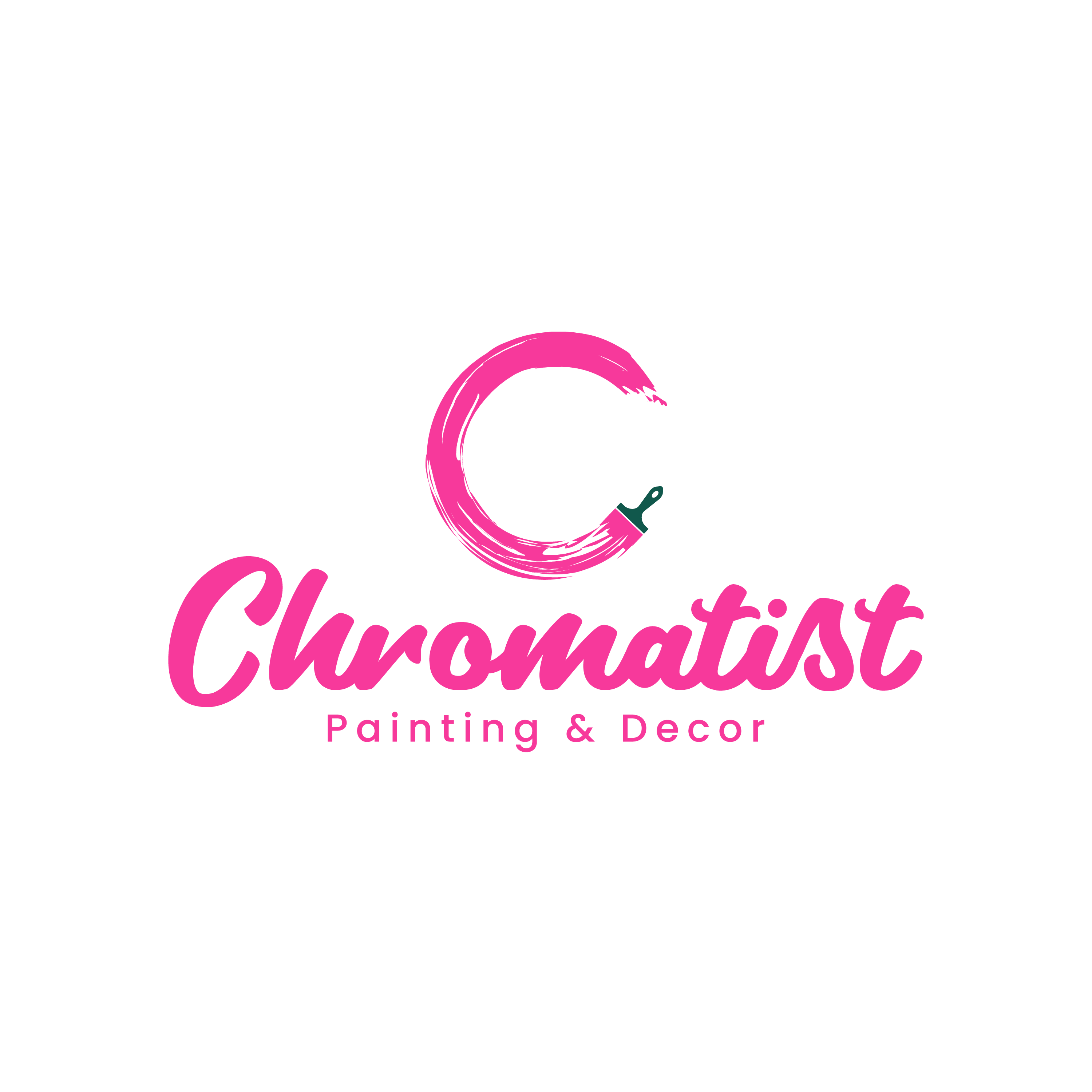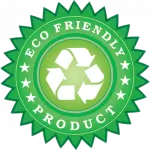Roman Clay Wall and Ceiling Finish for your Interiors
Roman Clay is one of the most elegant and versatile interior wall finishes available today. Known for its soft movement, earthy depth, and luxurious matte look, it has become a favorite among interior designers and homeowners seeking a modern yet organic feel. At Chromatist, we work with leading brands such as Portola Paints, Meoded, and Romabio to achieve the perfect Roman Clay finish for your space.

Speak To Shayan 416 (606) 8060 or Request A Quote

Sand colour Roman clay walls in a modern hallway.
What is Roman Clay?
Roman Clay is a plaster-like, mineral-based wall finish made from natural materials, typically lime and marble dust. It’s applied in thin layers and burnished to create a smooth, tactile surface with subtle colour variation. Unlike synthetic paints, Roman Clay has a natural depth and texture that changes beautifully with the light.
Key Characteristics of Roman Clay
- Matte, Velvety Finish – Soft to the eye and touch, with no harsh sheen.
- Subtle Movement – Each application creates natural tonal variations for a hand-applied look.
- Breathable and Natural – Lime-based formulations allow walls to breathe, reducing moisture issues.
- Low VOC and Eco-Friendly – Ideal for healthy, sustainable interiors.
- Timeless Appeal – Works in both modern minimalist and rustic heritage settings.
Boho-chic living room with two-toned warm beige plaster walls and macramé, a soft take on rustic plaster interiors.
Where Can Roman Clay Be Used?
Roman Clay is ideal for interior walls where you want to create warmth, texture, and depth. Some popular applications include:
- Living Rooms & Feature Walls – Adds character without overpowering the space.
- Bedrooms – Soft, earthy finishes for a serene environment.
- Dining Rooms – Creates an upscale, cozy atmosphere.
- Offices or Studios – Inspires creativity while maintaining a professional look.
- Retail & Hospitality Spaces – Brings luxury and artisanal charm.
Roman Clay is not waterproof, so it’s not recommended for showers or areas with direct water contact. For wet areas, we often recommend Tadelakt or Microcement. Read more about Tadelakt vs. Microcement bathrooms, here.
Boho-chic living room with two-toned warm beige plaster walls and macramé, a soft take on rustic plaster interiors.
Roman Clay vs Venetian Plaster
While both finishes are mineral-based and hand-applied, Roman Clay has a matte, earthy softness, whereas Venetian Plaster can be polished to a high sheen for a more formal, marble-like effect. Roman Clay is more subtle and casual, making it perfect for modern rustic or bohemian spaces.
Roman Clay vs Limewash
While Roman Clay and Limewash are both natural, eco-friendly wall finishes, they deliver very different aesthetics and performance.
Roman Clay creates a soft, suede-like texture with subtle tonal movement. It has a smooth, almost stone-like appearance without the grit, and is applied in multiple thin layers to achieve depth. Roman Clay tends to feel more refined and modern while still retaining warmth.
Limewash, on the other hand, is more textured and matte, with a chalky, aged patina that changes slightly over time. It soaks into the wall surface, allowing it to breathe, and works especially well in rustic, Mediterranean, or heritage-inspired interiors.
At Chromatist, we work with top-quality brands to achieve both looks, including:
- Portola Paints
- Meoded
- Spiver
- Romabio
- Pure & Original
- Bauwerk
By understanding the differences, we can recommend the right finish for your vision — whether it’s the velvety sophistication of Roman Clay or the historic charm of Limewash or Venetian Plaster.
Roman Clay at a Glance: Cost, Application, Sustainability, and Best Use Cases?
Cost of Roman Clay
in Toronto, Roman Clay finishes typically cost between $18–$30 per sq ft, depending on the complexity of the wall, prep work, and desired finish. In Florida, prices range slightly lower at $15–$25 per sq ft. Premium brands and
Application Process
Roman Clay is applied using a trowel or putty knife in thin, smooth layers. Unlike paint, which rolls or brushes on, this finish requires a more hands-on, artisanal approach. Typically, two to three coats are applied, allowing subtle tonal variation and movement to build with each layer. Once dry, the surface can be left matte or lightly burnished for a satin-like sheen.
Sustainability and Natural Appeal
Roman Clay is a low-VOC, mineral-based finish, making it an environmentally friendly option compared to traditional paints or synthetic wall coatings. Roman clay formula contains natural clay and gypsum with no added solvents, offering good indoor air quality and minimal ecological impact.
Soft off-white plastered bathroom walls in a Florida home — a clean, organic detail in modern plaster interiors.
FAQ: Roman Clay
Serving clients in Toronto, Jacksonville, and beyond!
Book a consultation session to explore our curated plaster and microcement samples.
Contact us today to get started with your bathroom transformation.
Serving Toronto (Forest Hill, Yorkville, Rosedale, Kleinburg) and Florida (Jacksonville, Miami, Naples, Tampa)
| Toronto & GTA | |
|---|---|
|
|
| Jacksonville | Tampa | Miami | Broward County | Palm Beach County |
|---|---|---|---|---|
|
|
|
|
|




